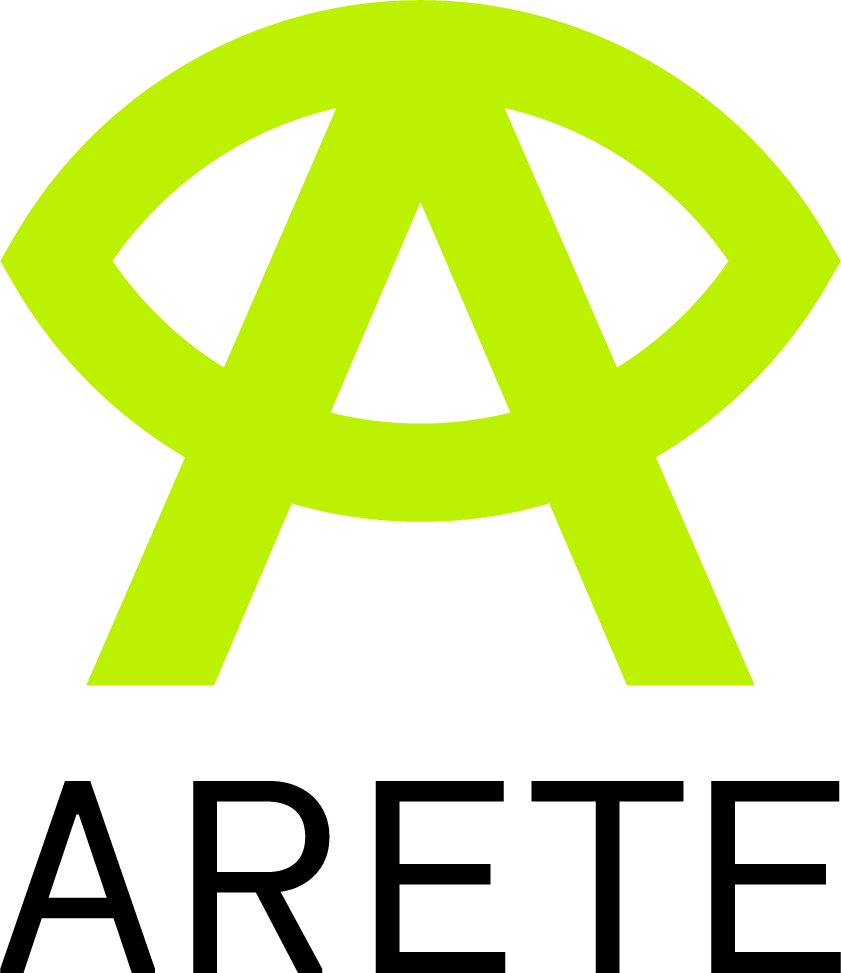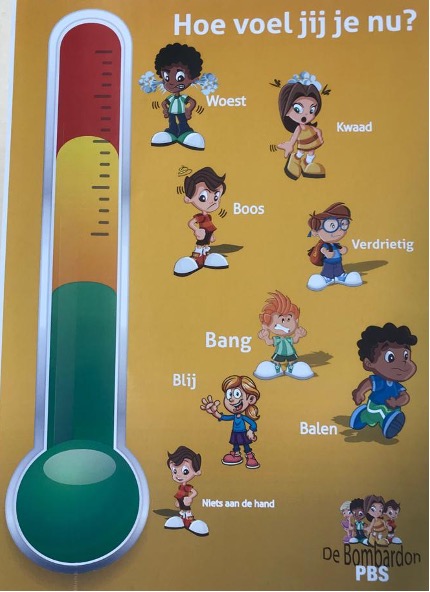Current problems with XR Authoring toolkits
A Systematic Literature Review has been carried out for the ARETE project to identify the state of the art of XR Authoring toolkits and the identification of research gaps for further development. The current research landscape and the characteristics of existing AR Authoring Toolkits with regards to their accessibility, required level of programming skills, and developmental capabilities was analysed. We identified suitable toolkits for educators that allow the development of interactive experiences without requiring programming skills. The research area is divergent and does not show a constant research interest in AR Authoring Toolkits. HMDs are the dominant technology assessed in the articles, followed by mobile phones/tablets. More than half of the articles did not report any empirical evidence supporting their research.
The characteristics of the evaluated Authoring Toolkits regarding their accessibility, the required level of programming skills, and developmental capabilities showed that over half of the AR Authoring Toolkits reported in the literature were not accessible or discontinued. Most of the accessible toolkits can be used for developing interactive AR experiences. Over half of the toolkits required at least some sort of programming knowledge. Only five toolkits meet the needs of teachers in designing educational AR experiences. These openly accessible toolkits (Vuforia Studio, BlippAR, AWE, AR Media Studio, and Areeka) can help educators in creating interactive educational AR applications to support teaching and learning in the everyday classroom without the requirement of previous programming knowledge.
This review identified three main research gaps that should be addressed in future design and evaluation of AR authoring toolkits:
- AR Authoring Toolkits need to be evaluated within the context of the hardware that is being used for visualizing the immersive experiences.
- Empirical research projects, especially user studies with teachers, are needed to develop and improve AR Authoring Toolkits for education.
- Low required programming skills and dynamic, interactive experiences are desirable features for AR Authoring Toolkits used by educators, but existing options are still scarce.
As AR has the potential to function as powerful educational tool in remote education and assessment, further developments and improvements are strongly needed. But, of course, focusing students as the end-users of the immersive experiences is just as important. Thus, interdisciplinary collaborations between software developers, researchers from informatics, human-computer-interaction and educational sciences, educators, and students are necessary for a sound long-term integration of Augmented Reality in the classroom.
Currently the available authoring toolkits are specialised in the development of user experiences, and a tool is needed to equip XR educational applications through immersive authoring to assist with asset management and collaborative design and development.
The ARETE H2020 project aims to change the landscape of AR content creation, via AR Authoring Toolkits, demonstrated in applications for education and training through the pilot studies. Augmented Reality content authoring uses end-user friendly in-situ authoring based on the authoring and re-enactment toolkit WEKIT HoloLens smart glasses application (now: MirageXR Community Edition, Open Source). MirageXR has been utilized, where authors place world anchors into the environment and attach one or more augmentations to it, setting triggers for workflow-like learning activity execution.
More about the ARETE H2020 Authoring toolkit in a future blog.



